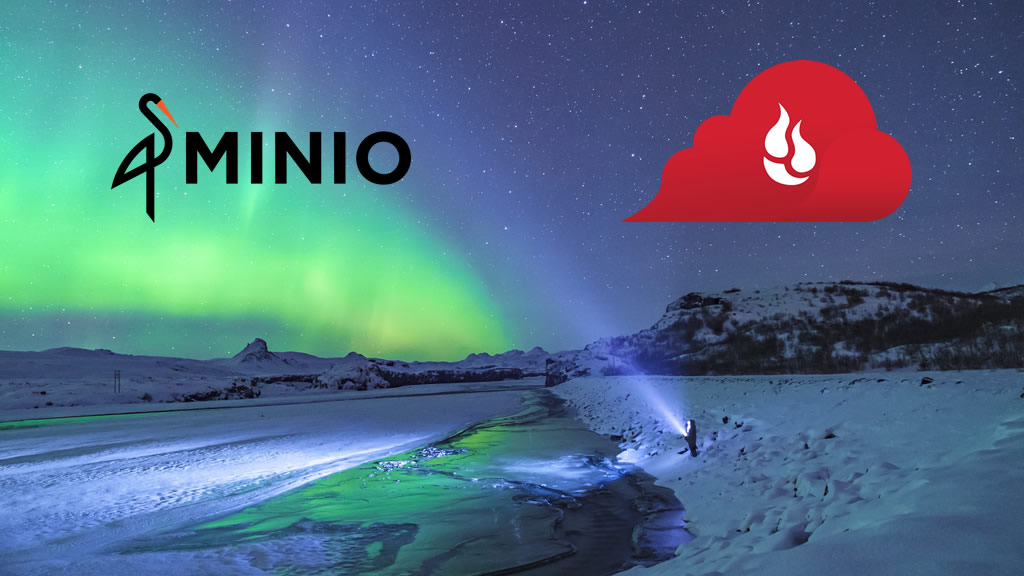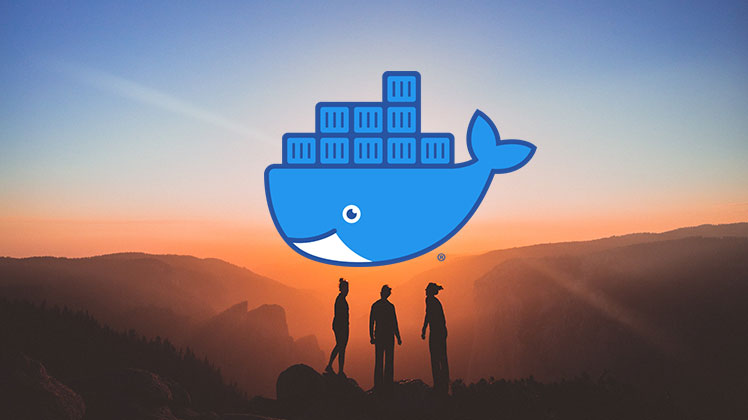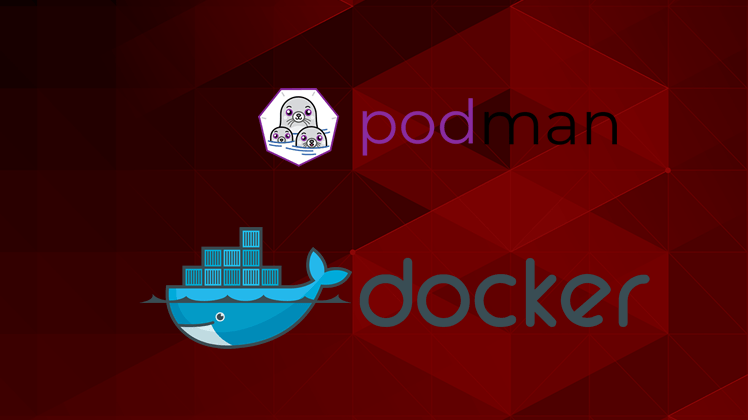Oracle Cloud added a region in Zurich in August 2019 providing IaaS and PaaS services to public cloud customers who want to host their data in Switzerland. Some of the reasons that Oracle cited for opening their third European region in Switzerland were “neutrality, legal certainty, political stability and security.”
Jul, 2020













